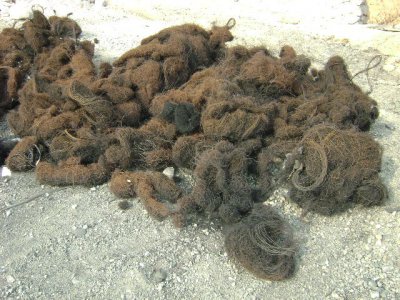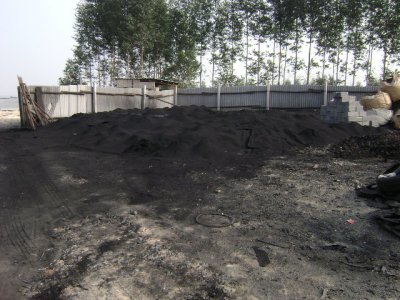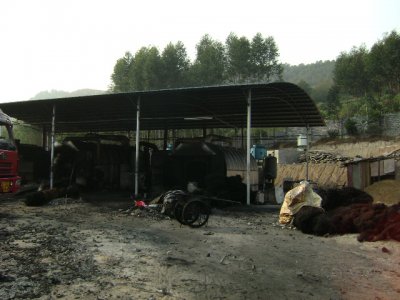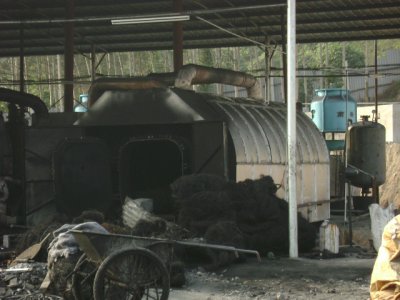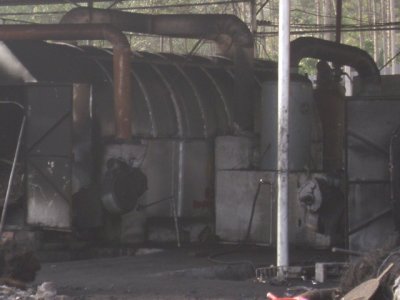Smoky12v
Registered User
Last night I was googling on WMO and came across this thread about how to turn plastic into diesel fuel.
http://www.energeticforum.com/renewable-energy/7040-how-turn-plastic-waste-into-diesel-fuel-cheaply.html
What really got my attention is that if anybody running on blended WMO/WVO and want to make it 100% cheap/free fuel, we can make diesel and some gasoline out of waste plastic so we can use that to blend the WO. While it does require some energy to process but we can use WMO or the diesel to heat the reactor then it'll be self-sustained. The guy who made the thread is in Lativa so I don't know how it compare to here in US but it cost him 8 cents in electricity to produce a liter of fuel.
another cool point, he can buy $50 worth of shredded plastic (1,000 kg, or about 2,200lbs) from a recycler to make a ton of diesel. 1 gallon of diesel weights about 7.15 pounds so 2,000/7.15= approximately 283 gallons of diesel fuel for "$50". Hell, even the left over charcoal in the reactor can be burned in a stove or something.
I am working on to get started on running on WMO in my 12v CTD and I'll buy RUG for now and this plastic recycling may be in my garage someday.
http://www.energeticforum.com/renewable-energy/7040-how-turn-plastic-waste-into-diesel-fuel-cheaply.html
What really got my attention is that if anybody running on blended WMO/WVO and want to make it 100% cheap/free fuel, we can make diesel and some gasoline out of waste plastic so we can use that to blend the WO. While it does require some energy to process but we can use WMO or the diesel to heat the reactor then it'll be self-sustained. The guy who made the thread is in Lativa so I don't know how it compare to here in US but it cost him 8 cents in electricity to produce a liter of fuel.
another cool point, he can buy $50 worth of shredded plastic (1,000 kg, or about 2,200lbs) from a recycler to make a ton of diesel. 1 gallon of diesel weights about 7.15 pounds so 2,000/7.15= approximately 283 gallons of diesel fuel for "$50". Hell, even the left over charcoal in the reactor can be burned in a stove or something.
I am working on to get started on running on WMO in my 12v CTD and I'll buy RUG for now and this plastic recycling may be in my garage someday.



